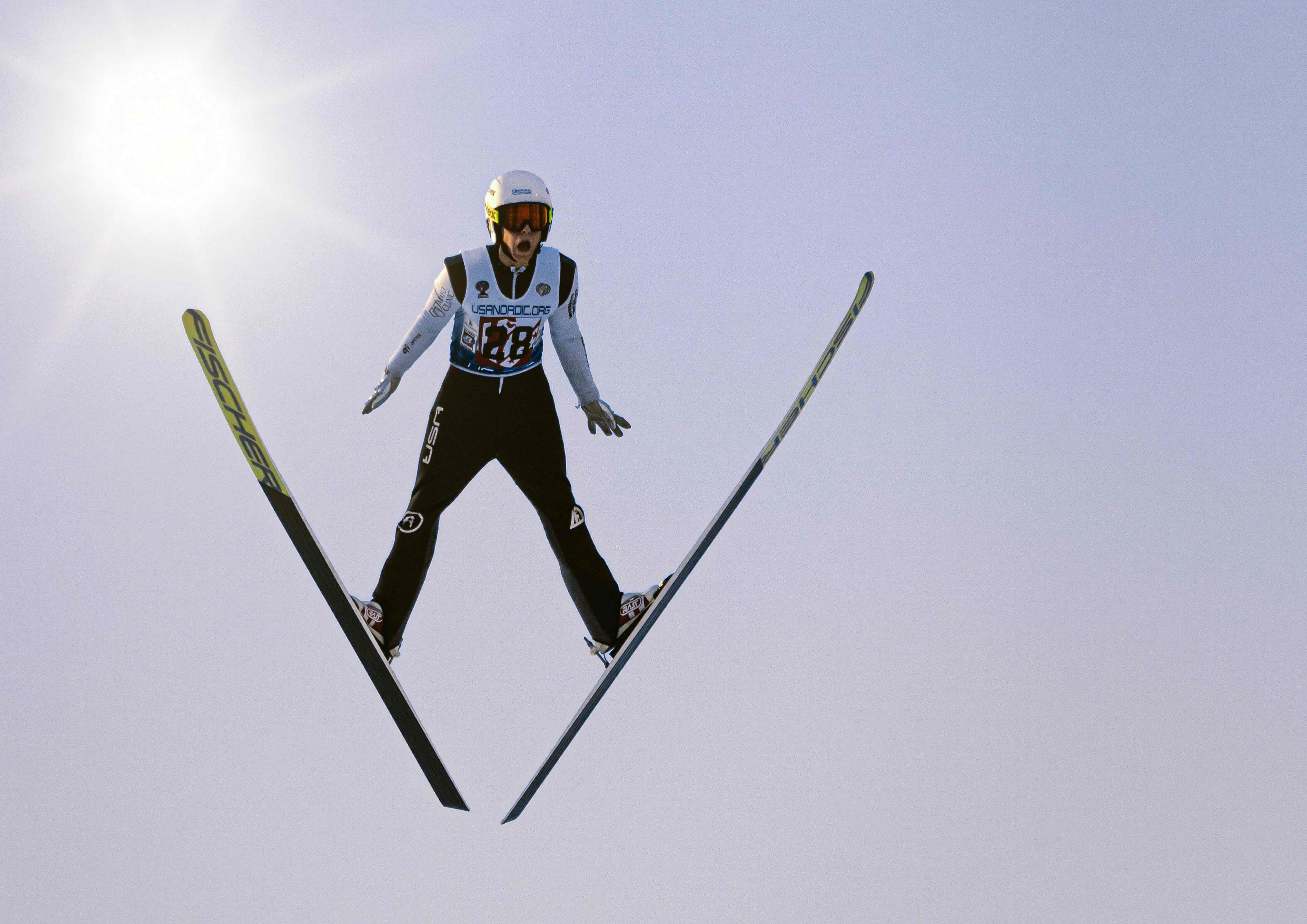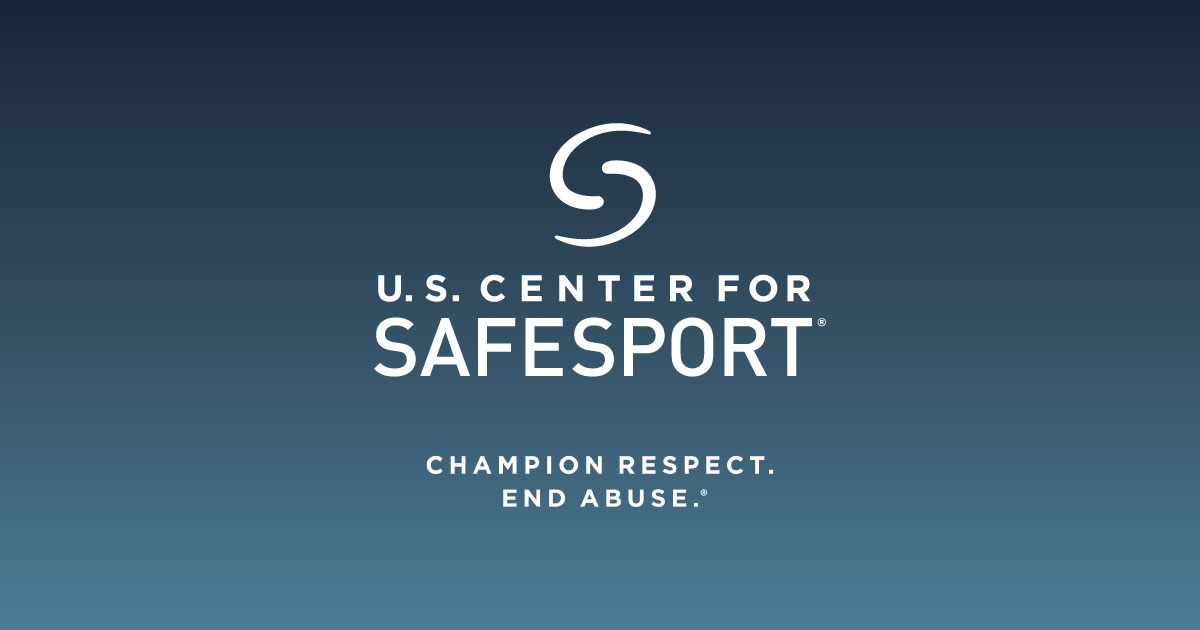.png)
For all sports, there is a mutual goal of fostering healthy, safe, and positive relationships between coaches and athletes. The coach/athlete relationship is complex as it contains a prevalent power imbalance, similar to ones within teacher/student and employee/employer relationships. This is because the individual person in power holds authority regarding the athlete’s behavior and events. Coaches play an extremely influential role in athletes' lives, supporting their growth and development and making decisions regarding their progress and status in their sport. The power imbalance between coaches and athletes is not inherently bad or detrimental, as coaches are often trusted and esteemed for their expert opinion, resources, and knowledge of their sport. The power imbalance, however, can be exploited and damaging to athletes, leading to relationships based on power and control instead of care and support, if mindful practices are not put into place.
Because of this power differential, athletes (both minors and adults) cannot appropriately give consent, regardless of age. Furthermore, coaches and athletes often spend extensive time together. In these situations, boundaries can get blurred from sports to personal lives. Given the magnitude of impact and connection of the coach/athlete relationship, the call for boundaries to create positive relationship dynamics is even more important. When coaches and athletes adhere to professionalism and appropriate forms of conduct, communication, and connection, everyone’s safety and well-being is protected.
To support sporting communities, #WeRideTogether created the Coach Athlete Relationship Dynamics Diagrams (C.A.R.D. Diagrams) to help coaches, athletes, parents, and bystanders recognize and identify patterns of healthy and unhealthy relationship dynamics. These diagrams can be used as a gut check; think about the conduct you experience and observe in your sporting community and discern if what is occurring aligns with a caring and supportive coach/athlete relationship. If you are experiencing or observing patterns of power and control, you can find additional information on confidential helplines, sexual assault reporting procedures, and mental health resources here.
Healthy Relationship Dynamics
When athletes have a healthy relationship with their coach, their performance improves, and coaches are empowered to develop their athletes’ success further. Care and support from a coach foster athletes’ physical, mental, and emotional development, skillset, and resilience. The diagram below describes healthy relationship dynamics between a coach and an athlete. This includes coaches upholding and displaying respect, trust, fairness, honesty, responsibility, boundaries, communication, and the athletes’ best interests. Mindfully establishing these positive behavior patterns between coaches and athletes promotes everyone’s safety and well-being.

Unhealthy Relationship Dynamics
For athletes who have unhealthy relationship dynamics with their coaches, inappropriate behavior can be subtle and difficult to discern. Unhealthy behavior patterns may be hidden from those around an athlete, a hallmark of the power and control system. The diagram below can help identify these unhealthy dynamics. This includes coaches displaying coercion and threats, intimidation and domination, emotional abuse, isolation and possessiveness, minimizing, denying, and blaming, manipulation, sexual abuse, and physical abuse towards athletes. Experiencing misconduct, abuse, and trauma can impact athletes differently, having negative repercussions on their physical, emotional, and mental well-being, as well as their athletic performance. Awareness and prevention of these patterns of power and control help keep everyone safe.

Take a moment and reflect upon your coach/athlete relationship and determine areas of healthy interaction, areas for improvement, and causes for concern. These wheels are not an exhaustive list of abusive behavior or misconduct examples; they shed light on common themes exhibited in the sporting world. For instance, patterns listed in the power and control wheel mirror the stages of grooming, a predatory tactic of abuse. These include isolation, special treatment, gift giving, isolation, and sexualizing the relationship. To learn more about grooming, please read this article and watch this video on the six stages of grooming.
If you are concerned about a coach/athlete relationship, please call the Courage First Athlete Helpline at 888-279-1026, visit the #WeRideTogether Blog for more information and resources, and read some Survivor Stories on the #WeRideTogether website. If you have a reasonable suspicion of child sexual abuse, please visit childwelfare.gov and follow mandated reporting laws in your jurisdiction. Additionally, reports can be made to SafeSport regarding misconduct for participants under the Olympic and Paralympic Movements.
For more information regarding abuse and patterns of power and control, please visit thehotline.org. To learn more about examples of the types of power in sport, please visit this Olympics news article.
Download the C.A.R.D. Diagrams
Download the C.A.R.D. Diagrams — Dialogue
Download the C.A.R.D. Diagrams — Icons
Kathryn McClain, MSW, MBA
Program and Partnerships Director at #WeRideTogether
.jpeg)



